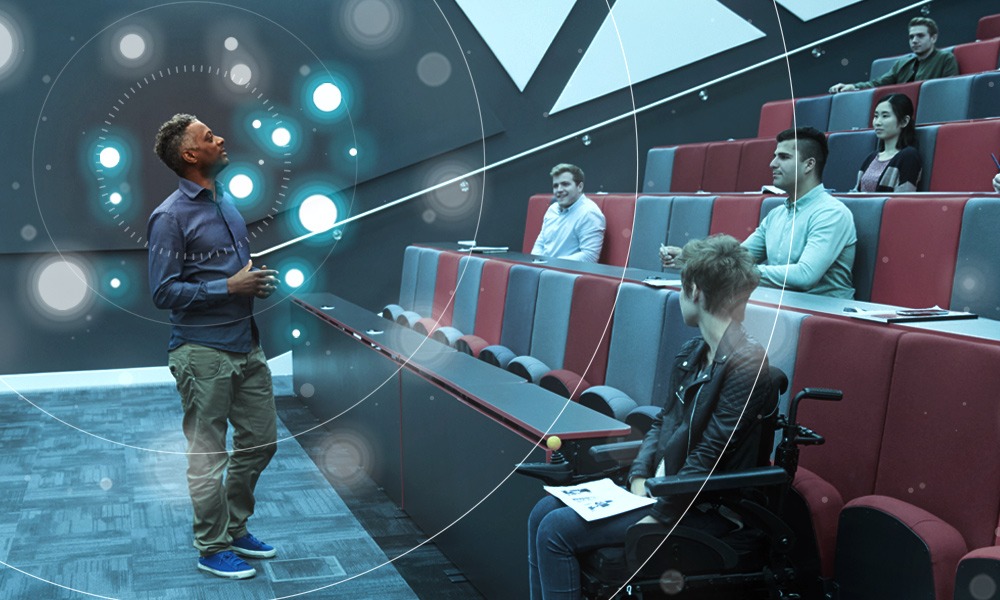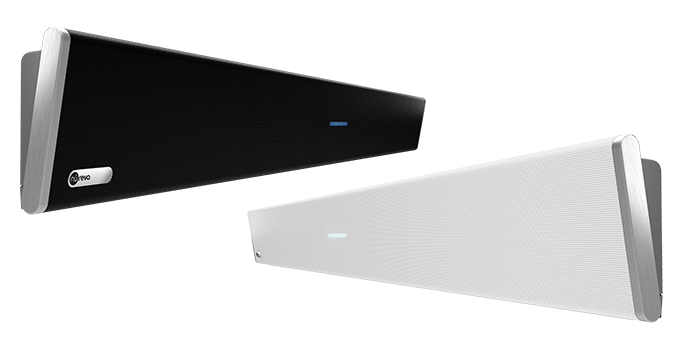In 2021, we find ourselves transitioning from 2020’s COVID-19 pandemic crisis to a new era. COVID-19 is still here, but vaccines are giving us all much-needed hope for the near future. As things gradually get back to “normal”, the hybrid concept is becoming prevalent in workplaces, in schools, and in academia. If you’re a university student or lecturer, then you must be thrilled that schools are back. But you should also know that hybrid learning isn’t going anywhere. That’s actually a good thing.
Naotech’s got you covered for a hybrid future! Contact us for an exclusive offer for the Israeli Academy.
The Advantages of Hybrid Learning
At its core, hybrid learning is an experience that blends face-to-face learning and online learning. A certain university course, for example, can alternate between in-person and online learning. A class can include both students in the classroom and students who join the class from home. From a health perspective, it creates class environments that support capsule models and social distancing guidelines. It’s healthier for everyone.
Yet hybrid learning, which is also called blended learning, has additional advantages. For one, it provides students with unprecedented flexibility. Once an academic course is labeled “hybrid”, then students who feel under the weather can join the class from home. Can’t make it to class for another reason? You can still attend remotely. Missing class becomes a thing of the past.
Universities also benefit from this method. From a virus standpoint, their campuses become healthier environments. But hybrid and online learning also ushers in the digital age in full force. Once universities start using digital infrastructures that support the hybrid model – video platforms, audio hardware and more – then the sky’s the limit. This transition can positively impact universities on multiple levels – from attendance rates and efficiency levels to budgets and scheduling. And if, God forbid, another crisis occurs, then universities will be better prepared for off-campus teaching.

The Participation Icebreakers
The biggest hybrid learning efficiency barrier is student disengagement. Like most people, students find it easier to engage in discussion in physical environments. Many university lecturers also find it challenging to stimulate discussions when teaching online or when addressing both classroom students and students from home.
That said, sometimes all it takes to get the ball rolling is a great icebreaker. Here are a few basic ideas:
- Questions First: begin class by asking an interesting question. The question doesn’t have to be related to the lecture topic. It can be just about anything, from “what do you think 2022 will look like?” to “social media – good or bad?”
- Go Meta: Start class by asking everyone what they think about the current learning model. You’ll get a lot of responses. Some may actually help you become more effective.
- Hello, Intro: Start class with a short intro round. You can keep doing this even after the first class. Students can take turns telling the class something about themselves on a weekly basis. It’s a great wake-up call.
- Riddle Me This: Give the class a riddle or a problem to solve at the start of class. Give them a few minutes to figure it out. At the end of class, give them a few more minutes and then share the answer.
- Challenge Accepted: Want your students to get to know each other better? You can divide them into groups like Zoom’s Breakout Rooms, and give them a collective challenge to work on. If you want, you can time them.
Want more tips? Check out Nureva’s list of 21 awesome activities for the hybrid class here.

The Hybrid-Audio Connection
Student engagement is not only possible – it’s relatively simple. The first prerequisite is the use of a leading video platform – for example, Zoom. Everyone knows that. But to be truly successful, you’ll also need high-level audio hardware in the classroom. Without great audio, students logging on from home won’t be able to hear their lecturer – or their peers – properly. If they can’t hear, they will disengage. Their learning experience will suffer, and so may their attendance levels. Not to mention their grades.
How does one choose an audio system for academic hybrid learning? We’re glad you asked. Nureva, a leading brand that specializes in audio for video conferencing, posted a checklist with 8 key parameters you simply cannot afford to ignore.
First, audio systems must be able to cover the entire classroom without leaving any blind spots. You want to make sure that everyone can be heard, no exceptions. A well-chosen audio system supports social distancing. At the same time it also allows participants to move around and speak without fearing that they won’t be heard.
Secondly, audio systems must be ready for an ever-changing environment. They must also be able to automatically adapt to setup changes in the classroom or teaching space.
The audio system needs to be as friendly as possible – even in IT specialists’ standards. You should not be forced to deal with tons of components – it’s all about keeping it simple. Troubleshooting should also be easy and should require minimal IT intervention. And lastly, you should be able to operate the system by touching it as little as possible.
Introducing Nureva & Microphone Mist Technology
Nureva HDL300 is an ideal, future-proof solution for the hybrid classroom of 2021. It fits a 7.6 x 7.6 meters classroom (medium-sized classrooms) perfectly and offers an uncompromised full-room coverage. Nureva’s revolutionary Microphone Mist™ technology fills the classroom with 8,192 virtual microphones that miss out on nothing. Everyone is heard loud and clear, including students who sit in the back of the class.
The Nureva HDL300 system is in fact a single wall-mounted unit that covers every single audio need for the ideal hybrid class. The Nureva HDL300 system supports the popular video conference platforms such as Zoom, and it’s Microsoft Teams certified.
In short, if you’re looking for the perfect hardware solution for hybrid classes, you want to get to know Nureva. Feel free to contact our team and find out more.


